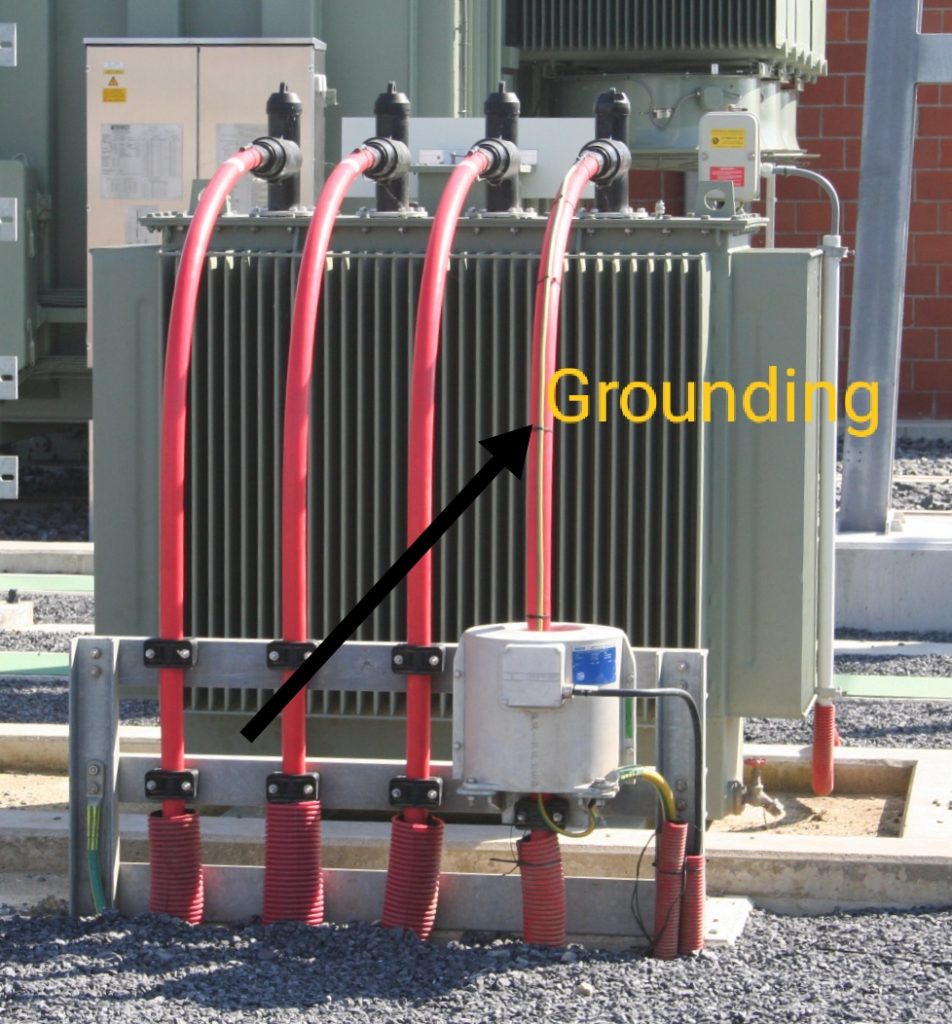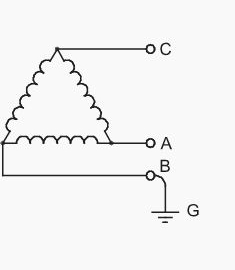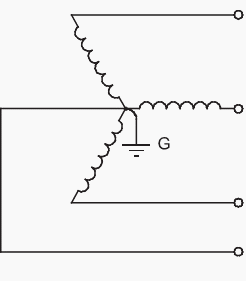Do you know how to perform the Delta Wye Transformer Neutral Grounding? In a delta-wye transformer, can you isolate a neutral wire? The answer will be “NO”. Because there is no requirement of neutral in a three-phase connection. As you know, “where milk is available, why should I maintain a cow?”
In the star-delta connection, there is a common point between the phase or hot lines. This common point acts as neutral in the star-delta connection. So, why do we use extra wire for neutral? Today, we are going to discuss delta wye transformer neutral grounding. Let’s discuss it.
Why Transformer Neutral is Grounded?

In the above picture, you may see the neutral lines of the transformer are buried into the ground. You may imagine it as the grave of neutral. How funny! Now, a question may arise in your mind that, why transformer neutral is grounded? So, What’s the mystery behind this?
Firstly, The power transformer on the distribution line is often subjected to a variety of defects when it is in operation. If a fault occurs, the values of its parameters may vary from normal values to different values until the fault is troubleshot. The faults in the power system happen due to stormy winds, falling trees on the line, failure of machinery etc.
Under normal or safe operating conditions, the transformer covered by the power system network works at normal voltage and current rating. Once there is any fault, the values of voltage and current deviate from their limits. So, if u will not ground the transformer neutral, it may fetch fatal damage for the transformer.
Why it’s unsafe for transformer?
- As mentioned a while ago, electric devices in power systems may have faults.
- In this case, the transformer is no exception.
- A common fault in the power system is a short circuit fault.
- And the danger in the short circuit fault is the three-phase line to ground fault.
- This fault usually occurs between the three phases and the ground.
- Although such faults are rarely seen to occur.
- The probability rate is 2-3%. But the safety of electrical must be almost 100% sure.
If any one of the points in the system accidentally connects to the ground, a person can feel a great shock when they touch it incorrectly. It could even be death.
How the probability of an electrical accident is minimized here by delta wye transformer neutral grounding?
- As we know, the resistance to the soil is much higher even though it varies on the type of soil.
- So if there is a short circuit or a three-phase line-to-ground accident, then it can be mitigated to a great extent due to the high resistance of the ground.
- At the same time, if the soil is full of stones, then the resistance increases.
- And that’s why stones are mainly used in substations.
- But there is also another purpose of earthing the neutral point.
- That is to create the reference voltage.
How We Ground The Transformer Neutral?
Now, I will discuss how I ground a neutral in soil? There are two types of grounding system. These are:
- Solidly grounded delta system
- Solidly grounded wye system
Keypoints about Solidly grounded delta system

- Delta wye grounded system is a rare configuration.
- This system is not suitable for single-phase loads.
- It has merits as a solidly grounded system.
- This grounding arrangement has a number of disadvantages.
- The phase-to-ground voltages are not equal.
Solidly Grounded Wye System

- Here the system voltage with respect to ground is fixed by the phase-to-neutral winding voltage.
- This system arrangement is very common.
- The phase-to-ground voltages are equal.
- Here 480 Y/277 V and 208 Y/120 V are mostly utilized.
- On the other hand, this type of configuration is mostly used in an electrical substation.
- Consequently, It’s a very effective system to protect line to ground faults.
Read More Articles



